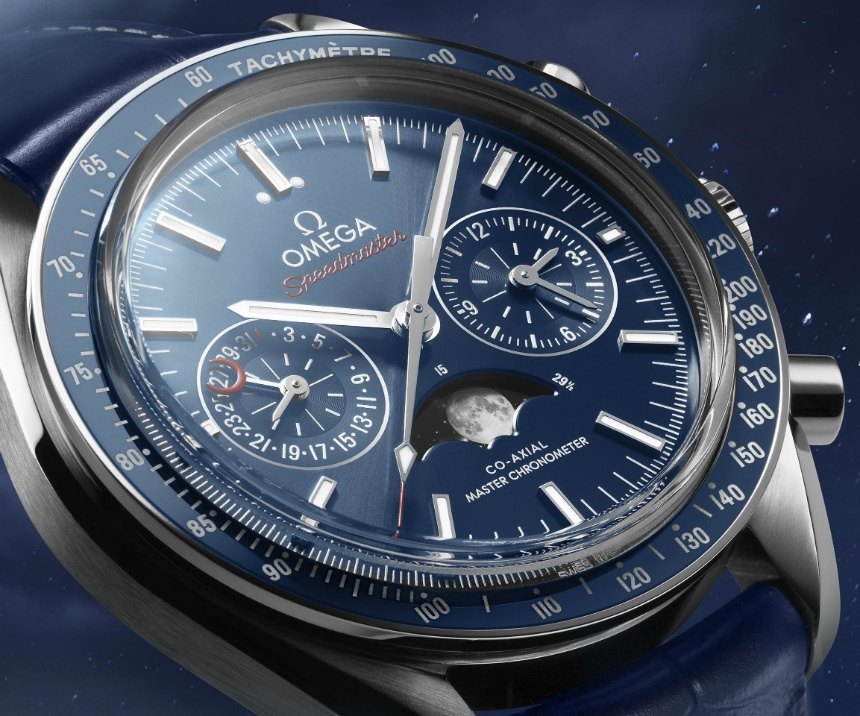
The history of Omega began in 1848 when Louis Brandt set up an
assembly workshop in La –Chaux-de-Fonds in Switzerland. His two sons,
Louis-Paul and Cesar, changed the workshop into a manufacturers in
1879.
The year 1892 marked the creation of the first “minute-repeater”
wristwatch and, in 1900, the first industrially-made Omega watch was
created.
In 1901, a watch was specially created for motorcyclists, that could be
directly attached to the fuel tank. This production was the first of
many to partner Omega with the world of sport. In fact, soon after in
1909, the watchmaking company was responsible for the timekeeping of
the Gordon-Bennett Cup, an international ballooning race. Later, in
1932, Omega was also given the responsibility for timekeeping during
the Olympic Games in Los Angeles. To date, it is still entrusted with
this responsibility for all timed events at the Olympics.
In 1917, Omega created the first pocket watch for people with impaired
sight. The watch featured textured points that could be read by touch.
In 1929, there was the release of the super anti-shock Omega “Armure”
and, in 1943, the release of the first range of automatic watches.
The year 1948 marked the launch of the Omega “Seamaster”; the first
watch constructed with a robust, water-resistant casing. In 1952, there
was the launch of the Omega “Constellation”, a range of manual winding
chronometers. One year later, the company introduced an ultrasound
cleaning system, which eliminated the inconvenience of manual cleaning.
Another very important date in Omega’s history is 1957 when the
“Speedmaster” was created. This model was chosen by NASA, and worn by
Neil Armstrong on 21st July 1969, the first and only watch to land on
the moon. When a year later, an explosion crippled the Apollo13 module
it was a Speedmaster that manually timed the precise engine boost
required to re-enter the earth’s atmosphere and saved the lives of the
crew.
In 1974, Omega made a transition to the marine world with the Omega
“Marine Chronometer”, the world’s first marine chronometer.
In 1985, the brand was taken over by Swatch Group that, to date, remains the company owner.
Three years later, in 1983, all crew members of the deep-sea
research expedition “Nautilus” wore the “Seamaster Professional 200m”,
4,400 metres below the surface of the Atlantic Ocean.
In 1994, to commemorate the centenary of the Omega brand,
Maurice Grimm and André Beyner created the first self-winding wristwatch
with central tourbillion to celebrate the 100th anniversary of Omega.
Five years later, marked the launch of the co-axial escapement, the
revolutionary design by the Englishman George Daniels that reduced the
friction between the components practically to zero. This invention
significantly improved both a watch’s accuracy and lifespan.
“Omega Official Timekeeper” is the label that has always accompanied this famous brand and sports events. In the 2008 Beijing Olympic Games, Omega exhibited one of its most recent creations known as the “Seamaster Aqua Terra Chronograph Limited Edition”. The third model in a collection of Beijing Olympic pocket watches, it is inspired by the number eight, which is considered in China to bring fortune.
Finally, fanatics of the brand can visit the Omega World Museum in Bienne. Exhibited here is a collection of some 4000 watches, movements, instruments, tools, photos, posters, certificates and awards.


